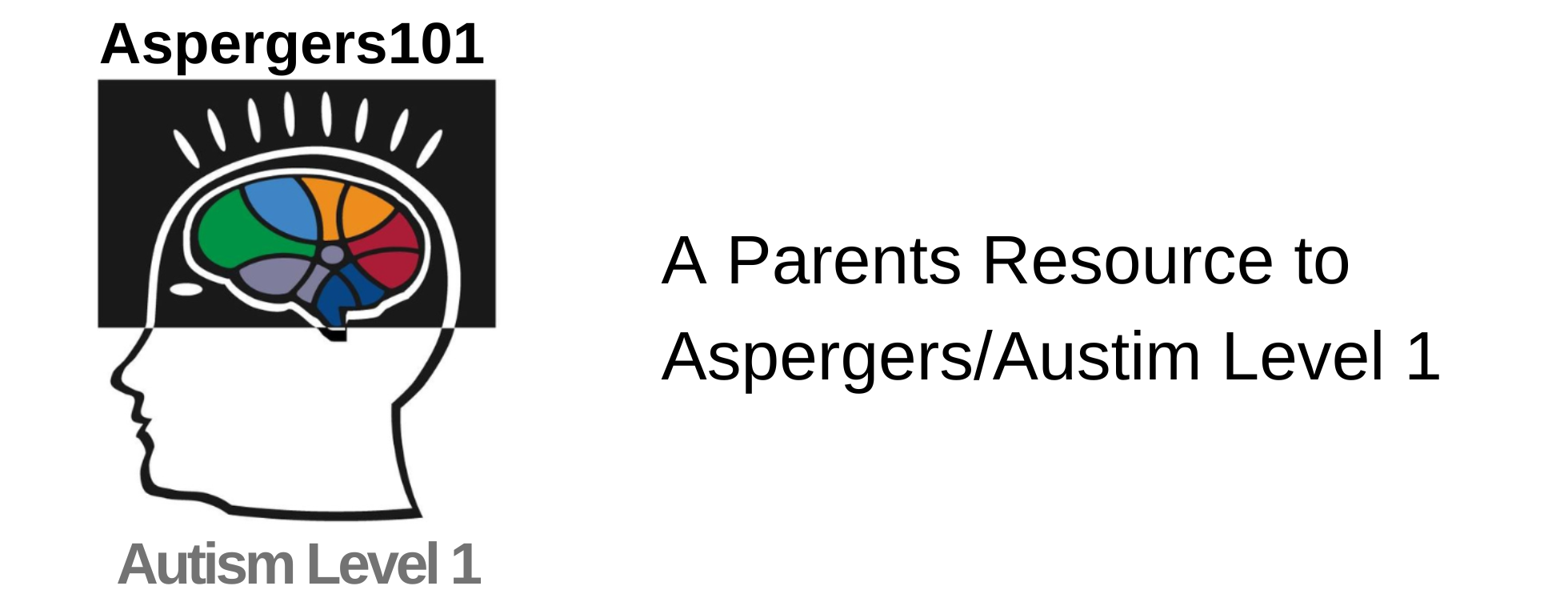Research indicates that incorporating specific motivations such as offering choices increases the rate of performance on academic tasks and decreases disruptive behaviors. Choice can take on many forms as related to academic tasks.

As one example, students can be given several topics to choose from to complete an assignment. Students may also be given a list of several activities, of which they are to complete two. By giving them a choice, students are more likely to begin the assignment and even more likely to complete it.
Making a connection to general education strategies, differentiated instruction promotes the use of choice in a variety of ways. At a center or station, students can choose from a list of 5 to 6 activities.
How to Implement Choice in the Classroom
A math station list of choices might include a variety of activities that would be engaging and motivating:
Put a puzzle together
Play a game
Build a structure
Count the pieces in a puzzle to be sure I have all I need
Make my own puzzle
Make my own math game
A science station might have yet another list of fun activities to choose from:
Read about insects.
Make and label an insect diagram.
Write five facts about insects.
Choose one insect and make a poster about it.
Use a magnifying lens to observe an insect in the jar.
Write about what I observe on a clipboard.
Remember, choice comes in many forms. Offering the choice of a writing tool, “Would you like a pen or marker?” could make all the difference to kick start the learning process. Maybe even having a choice of where the activity will take place can increase a student’s motivation. We all like to feel in control and making a choice is one way for students to exert control in an appropriate way.
by Lisa Rogers
A graduate of Abilene Christian University, Jennifer had a long career in TV Broadcasting. Upon learning her oldest son Sam had a form of Autism called Asperger’s Syndrome, she left her career and became a full-time mother to both of her sons. Jennifer elicited the participation of her family and together they produced several independent programs including a children’s animated series titled Ameriquest Kids, as well as a documentary and book titled, Coping to Excelling: Solutions for School-age Children Diagnosed with High-Functioning Autism or Aspergers Syndrome. She formed the nonprofit Asperger101 to provide on-going free resources related to ASD at Aspergers101.com and has implemented the Texas Driving with Disability Program and continues to grow the statewide initiative today. She and her husband have recently retired to their property in the Texas Hill Country.


